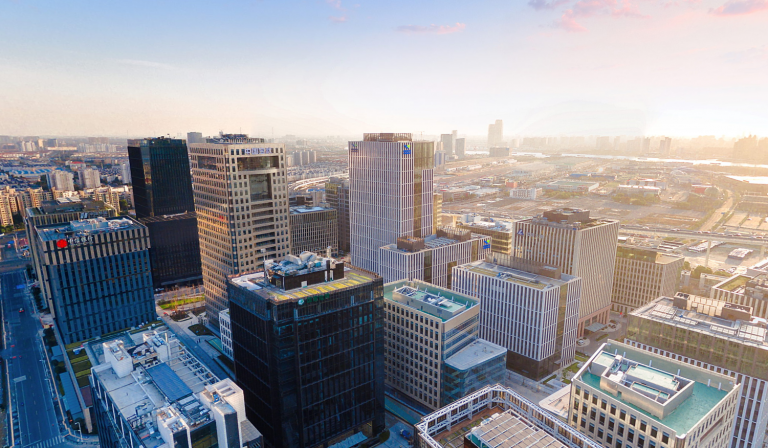Shanghai’s World Expo Area

Shanghai’s World Expo Area, located in Pudong New Area, is 25 square kilometers and includes some key plots of the Pudong plot of the World Expo (3.93 square kilometers), Yaohua plot (1.8 square kilometers), and Qiantan plot (2.83 square kilometers) as well as four streets – South Wharf St., Zhoujiadu St., Shanggang New Village St. and Dongming St. The World Expo area is located on the Shanghai waterfront, bordering Lujiazui Financial District and facing Xvhui District across the river.
Shanghai and Pudong New Area all prioritize the development of the World Expo Area so as to build it into a world-class central public area and boost its function as a center for business, emerging finance, cultural exhibitions, travel and leisure, and livable environment. After 5.4 square kilometers of World Expo Area were merged into Zhangjiang National Innovation Demonstration Zone in 2014, the Pudong plot of the World Expo, Yaohua plot, and Qiantan plot were incorporated into China (Shanghai) Free Trade Zone at the beginning of 2015, totaling about 10 square kilometers.
By making the most of the free trade zone, the World Expo area strives to become a new-pattern community featuring city-industry integration and a livable environment. The World Expo Area is mainly comprised of three clusters in terms of its spatial structure and industrial layout. The first is the riverside modern service industry cluster characterized by business headquarters, innovative economy, emerging finance and professional services. The second is high-end culture industry cluster integrating cultural creativity, entertainment, tourism, media, fashion and recreation. The last is riverside city life cluster where people can enjoy walking, jogging and riding alongside the river in a clean environment. The administrative committee of the World Expo Area is an agency of the Pudong New Area government. It has 6 offices, namely an investment promotion office, development research office, general coordination office, administrative examination and approval office, and cultural development office. The offices are mainly responsible for economic management, law enforcement and administrative examination and approval.
